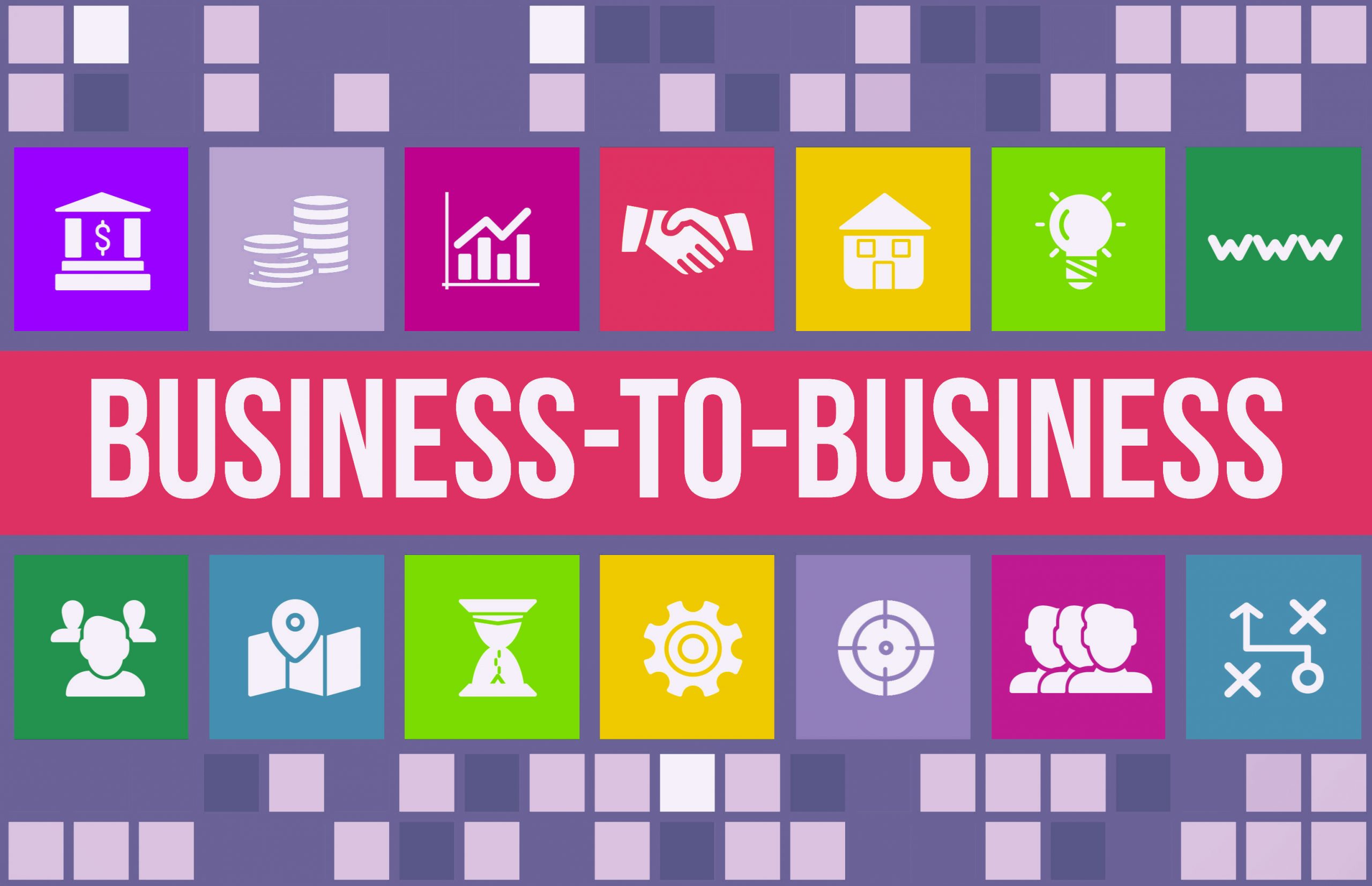
Pop Traffic is quickly becoming one of the most popular forms of online advertising. It involves displaying advertisements to website visitors in a variety of ways, such as through ads that pop up in the middle of content or when they click on certain links. For those looking to increase their online presence and reach more potential customers, Pop Traffic is an increasingly attractive option.
Pop Traffic offers many advantages compared to other forms of advertising, such as increased visibility and more targeted reach. Ads can be tailored to specific audiences and viewed by millions with just a few clicks. Additionally, it can be used to drive direct sales and conversions with minimal cost and effort. Despite these benefits, there are still some risks associated with using it that marketers should be aware of before diving in head-first.
In this article, we will discuss what Pop Traffic is, why it’s becoming so popular, and the pros and cons of using it for your business. We’ll also provide some tips for getting started so that you can make the most out of your campaigns. So if you’re considering using Pop Traffic for your next marketing strategy, keep reading to find out everything you need to know!
Definition Of Pop Traffic
Pop traffic, also known as ‘pay-per-view’ traffic, is a type of online advertising that charges advertisers based on the number of times their ad is viewed. It’s a relatively new approach to digital marketing, and it has become popular among advertisers who want to maximize their return on investment.
It can be used in a variety of ways, including targeting specific demographics or locations. Advertisers can create highly targeted campaigns that focus on certain interests or activities. Additionally, pop traffic can be used to retarget customers who have previously interacted with the advertiser’s website. This allows for more effective and efficient campaigns.
Advertisers need to be aware that pop traffic does not always guarantee conversions; however, if done properly, it can be an effective way to drive more people toward a business website or product. It is important to research the different types of pop traffic available and select the ones best suited for your business goals.

Sources Of Pop Traffic
Pop traffic is a form of online advertising that uses a wide variety of sources to reach its target audience. It’s often used by companies who are looking for an effective way to get their message across. So, where does this form of advertising come from? Let’s take a look at some of the most common sources:
These are just a few of the many sources available to companies looking to utilize pop traffic for their business. With pop traffic, companies can reach a wide range of customers quickly and cost-effectively.
Advantages
Pop traffic is a great way to drive more visitors to your website. It provides an effective and affordable alternative to other forms of advertising. Here are some of the advantages that come with pop traffic:
- Cost-Effectiveness – It is generally cheaper than most traditional marketing methods, allowing businesses to reach their target audience without breaking the bank.
- Targeted Audience – It allows businesses to target specific audiences based on their interests and demographics, making it easier for them to connect with potential customers.
- Increased Brand Awareness – It can help businesses increase their visibility and brand awareness by appearing in front of potential customers who may not have seen them otherwise.
Disadvantages
While pop traffic can be a great way to reach new audiences and grow sales, there are some drawbacks to consider.
The main disadvantage of is its cost. Since it relies heavily on digital marketing methods such as search engine optimization (SEO), the cost of setting up and running an effective campaign can be high. Additionally, since it is delivered through multiple channels, it requires time and effort to manage properly. Finally, as with all forms of digital marketing, it’s difficult to measure the success of campaigns accurately. Without this data, it’s hard to know what strategies are working and which ones aren’t.
Different Types Of Pop Traffic
The first type is pop-up ads. These appear as a window or box on a web page and typically contain an offer or message. They have been around since the early days of the internet and can be very intrusive, so they must be used with caution.
The second option is pop-under ads, which appear behind the current webpage being viewed by the user and do not interfere with their experience. This type of ad has become increasingly popular due to its unobtrusive nature, making it less likely to be blocked by ad blockers.
The third type is called a banner ad. These are typically found at the top or bottom of web pages and are small rectangular advertisements that link to another page when clicked. Banner ads often have more visibility than other types of pop traffic, as they remain visible even if users scroll down the page. Here are some key points about these three types of pop traffic:
- Pop-up ads can be intrusive but provide instant visibility for offers
- Pop-under ads are less likely to be blocked by ad blockers
- Banner ads have more visibility since they remain visible even if users scroll down the page
How To Use Pop Traffic
First off, it’s important to understand what type of content works best with pop traffic. Content that is engaging, informative and interesting will perform the best. Additionally, use images and videos to capture visitors’ attention quickly. You also want to make sure your content is optimized for mobile devices since more than half of all web traffic comes from mobile.
The next step is to think about where you should place your ads so they can get seen by the right audience. Consider using placement targeting on popular websites and social media channels such as Facebook and Instagram to reach potential customers who are already interested in your product or service. You can also use retargeting ads if you want to target people who have already visited your website or interacted with your brand in some way. With these strategies, you can ensure that your pop traffic campaigns are successful in driving the desired results.
Cpm Rates
CPM stands for cost per thousand impressions and measures the cost to deliver 1,000 advertisement impressions on one webpage. It is a key metric in the online advertising industry and can be used to evaluate the effectiveness of an ad campaign. Here are 4 key things to know about CPM rates:
- The rate you pay for each impression is determined by the targeting criteria you choose when setting up your campaign.
- CPM rates vary across different ad networks, so it’s important to shop around and compare rates before settling on one platform.
- Factors like ad placement, timing, website quality and creative content can all affect CPM rates.
- It’s possible to negotiate better deals with larger campaigns or those that cover multiple websites or platforms at once.
In order to get the most out of your pop traffic ad campaigns, understanding these CPM rate factors is essential in making sure you get the best deal possible for your budget.
Tips For Optimizing
Optimizing pop traffic can help ensure that your website is getting the most out of a potentially powerful source of web traffic. You can take several steps to maximize the impact of this type of traffic:
Pop Traffic Frequently Asked Questions
In conclusion, Pop Traffic is an effective way to drive targeted visitors to your website quickly. It can be more costly than other forms of traffic, but the results are often worth it. By tracking the performance of your campaigns, you can determine if this type of traffic is right for your website and whether you should continue using it. Additionally, there may be legal restrictions when using it in certain countries, so ensure that you do your research before launching any campaigns. As long as you understand the potential risks and rewards associated with Pop Traffic, you can use this powerful tool to increase visibility and grow your business.
Table of contents
Related articles

Pop Traffic is quickly becoming one of the most popular forms of online advertising. It involves displaying advertisements to website visitors in a variety of ways, such as through ads that pop up in the middle of content or when they click on certain links. For those looking to increase their online presence and reach more potential customers, Pop Traffic is an increasingly attractive option.
Pop Traffic offers many advantages compared to other forms of advertising, such as increased visibility and more targeted reach. Ads can be tailored to specific audiences and viewed by millions with just a few clicks. Additionally, it can be used to drive direct sales and conversions with minimal cost and effort. Despite these benefits, there are still some risks associated with using it that marketers should be aware of before diving in head-first.
In this article, we will discuss what Pop Traffic is, why it’s becoming so popular, and the pros and cons of using it for your business. We’ll also provide some tips for getting started so that you can make the most out of your campaigns. So if you’re considering using Pop Traffic for your next marketing strategy, keep reading to find out everything you need to know!
Definition Of Pop Traffic
Pop traffic, also known as ‘pay-per-view’ traffic, is a type of online advertising that charges advertisers based on the number of times their ad is viewed. It’s a relatively new approach to digital marketing, and it has become popular among advertisers who want to maximize their return on investment.
It can be used in a variety of ways, including targeting specific demographics or locations. Advertisers can create highly targeted campaigns that focus on certain interests or activities. Additionally, pop traffic can be used to retarget customers who have previously interacted with the advertiser’s website. This allows for more effective and efficient campaigns.
Advertisers need to be aware that pop traffic does not always guarantee conversions; however, if done properly, it can be an effective way to drive more people toward a business website or product. It is important to research the different types of pop traffic available and select the ones best suited for your business goals.

Sources Of Pop Traffic
Pop traffic is a form of online advertising that uses a wide variety of sources to reach its target audience. It’s often used by companies who are looking for an effective way to get their message across. So, where does this form of advertising come from? Let’s take a look at some of the most common sources:
These are just a few of the many sources available to companies looking to utilize pop traffic for their business. With pop traffic, companies can reach a wide range of customers quickly and cost-effectively.
Advantages
Pop traffic is a great way to drive more visitors to your website. It provides an effective and affordable alternative to other forms of advertising. Here are some of the advantages that come with pop traffic:
- Cost-Effectiveness – It is generally cheaper than most traditional marketing methods, allowing businesses to reach their target audience without breaking the bank.
- Targeted Audience – It allows businesses to target specific audiences based on their interests and demographics, making it easier for them to connect with potential customers.
- Increased Brand Awareness – It can help businesses increase their visibility and brand awareness by appearing in front of potential customers who may not have seen them otherwise.
Disadvantages
While pop traffic can be a great way to reach new audiences and grow sales, there are some drawbacks to consider.
The main disadvantage of is its cost. Since it relies heavily on digital marketing methods such as search engine optimization (SEO), the cost of setting up and running an effective campaign can be high. Additionally, since it is delivered through multiple channels, it requires time and effort to manage properly. Finally, as with all forms of digital marketing, it’s difficult to measure the success of campaigns accurately. Without this data, it’s hard to know what strategies are working and which ones aren’t.
Different Types Of Pop Traffic
The first type is pop-up ads. These appear as a window or box on a web page and typically contain an offer or message. They have been around since the early days of the internet and can be very intrusive, so they must be used with caution.
The second option is pop-under ads, which appear behind the current webpage being viewed by the user and do not interfere with their experience. This type of ad has become increasingly popular due to its unobtrusive nature, making it less likely to be blocked by ad blockers.
The third type is called a banner ad. These are typically found at the top or bottom of web pages and are small rectangular advertisements that link to another page when clicked. Banner ads often have more visibility than other types of pop traffic, as they remain visible even if users scroll down the page. Here are some key points about these three types of pop traffic:
- Pop-up ads can be intrusive but provide instant visibility for offers
- Pop-under ads are less likely to be blocked by ad blockers
- Banner ads have more visibility since they remain visible even if users scroll down the page
How To Use Pop Traffic
First off, it’s important to understand what type of content works best with pop traffic. Content that is engaging, informative and interesting will perform the best. Additionally, use images and videos to capture visitors’ attention quickly. You also want to make sure your content is optimized for mobile devices since more than half of all web traffic comes from mobile.
The next step is to think about where you should place your ads so they can get seen by the right audience. Consider using placement targeting on popular websites and social media channels such as Facebook and Instagram to reach potential customers who are already interested in your product or service. You can also use retargeting ads if you want to target people who have already visited your website or interacted with your brand in some way. With these strategies, you can ensure that your pop traffic campaigns are successful in driving the desired results.
Cpm Rates
CPM stands for cost per thousand impressions and measures the cost to deliver 1,000 advertisement impressions on one webpage. It is a key metric in the online advertising industry and can be used to evaluate the effectiveness of an ad campaign. Here are 4 key things to know about CPM rates:
- The rate you pay for each impression is determined by the targeting criteria you choose when setting up your campaign.
- CPM rates vary across different ad networks, so it’s important to shop around and compare rates before settling on one platform.
- Factors like ad placement, timing, website quality and creative content can all affect CPM rates.
- It’s possible to negotiate better deals with larger campaigns or those that cover multiple websites or platforms at once.
In order to get the most out of your pop traffic ad campaigns, understanding these CPM rate factors is essential in making sure you get the best deal possible for your budget.
Tips For Optimizing
Optimizing pop traffic can help ensure that your website is getting the most out of a potentially powerful source of web traffic. You can take several steps to maximize the impact of this type of traffic:
Pop Traffic Frequently Asked Questions
In conclusion, Pop Traffic is an effective way to drive targeted visitors to your website quickly. It can be more costly than other forms of traffic, but the results are often worth it. By tracking the performance of your campaigns, you can determine if this type of traffic is right for your website and whether you should continue using it. Additionally, there may be legal restrictions when using it in certain countries, so ensure that you do your research before launching any campaigns. As long as you understand the potential risks and rewards associated with Pop Traffic, you can use this powerful tool to increase visibility and grow your business.




